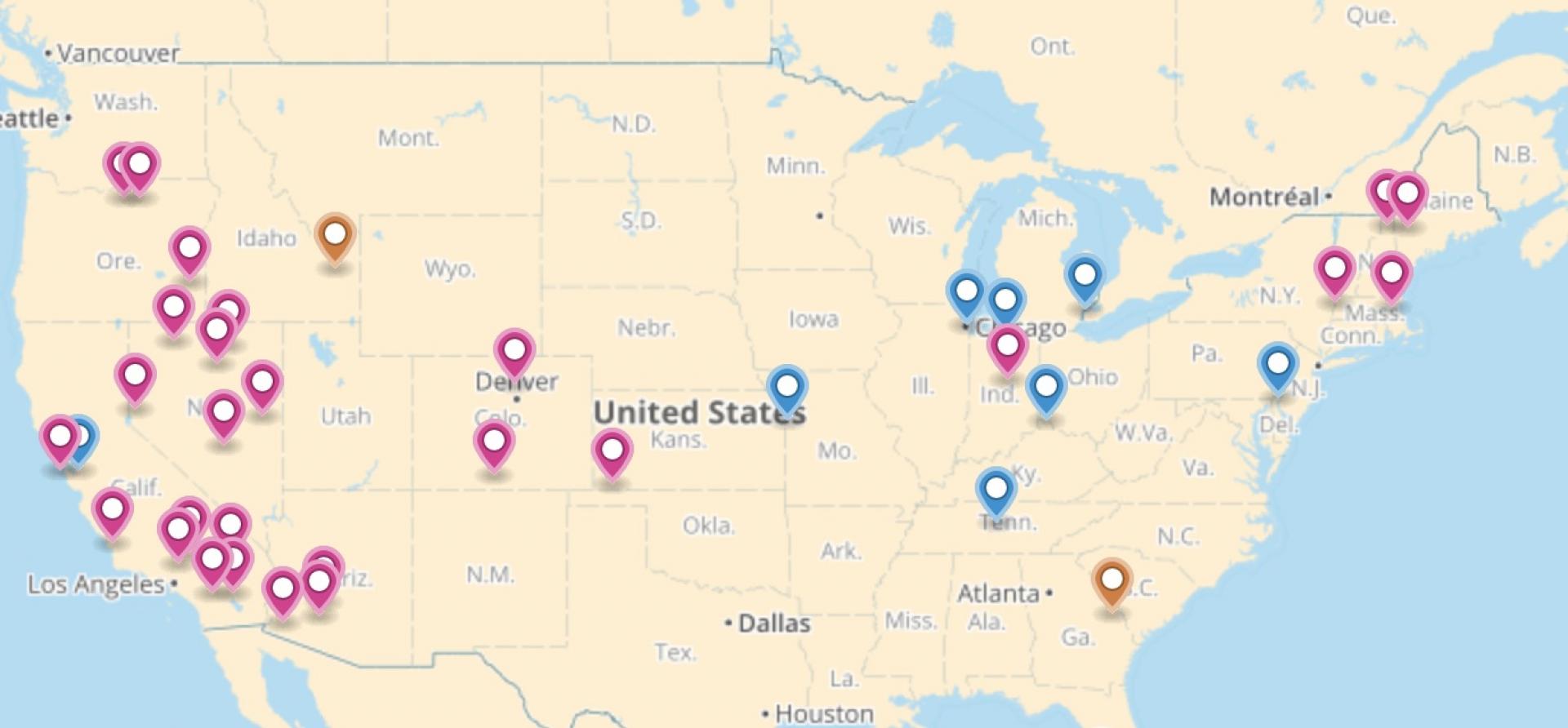In Praise of a Notable U.S. Department of Energy Program

By Tom Sanzillo and Tim Buckley
Solyndra was a debacle, we can all agree on that.
But it was not then and it is not now the poster child for a U.S. Department of Energy program profiled this week in a well-informed report by National Public Radio.
As NPR noted, DOE’s Loan Programs Office (LPO) in fact runs a robust portfolio that has shown both resilience and return on investment. Its strong performance is detailed in a blog update this week (you can see it here) by LPO Executive Director Peter W. Davidson, and the numbers speak for themselves.
 LPO has loaned out $34.2 billion to businesses involved in clean-energy technology.
LPO has loaned out $34.2 billion to businesses involved in clean-energy technology.- It has collected $810 million in interest on that portfolio, putting the program in the black by $30 million, and will likely earn a total of $5 billion in interest payments over time.
- Its default rate is 2.28 percent, low by any loan-program standard, and its failures are minuscule relative to its successes.
Solyndra generated a vast wave of bad publicity for LPO for its $535 million default. That’s no small sum, but it pales in comparison to the program’s much larger overall impact and it is dwarfed by questionable energy-industry deals that come under much less scrutiny but that cost rank-and-file citizens far more than Solyndra ever did.
A good case in point is the Prairie State Energy Campus, a southern Illinois boondoggle created by Peabody Energy that is hobbled by $1 billion cost overruns that mom-and-pop ratepayers across the Midwest are absorbing. It’s a misguided project built on the back of $900 million in Build America bond subsidies. That’s a scandal worth talking about.
Another is the coal industry in general, which even with its many taxpayer subsidies continues to tank. Coal stocks are off by some 40 percent over the past three years while the broader U.S. stock market has risen 60 percent. That’s a scandal that deserves more attention, too.
Other power-energy scandals that make Solyndra look like peanuts include ones surrounding Duke Energy’s Edwardsport, Indiana, power plant and Southern Energy’s Kemper plant in Mississippi.
Any and all of the losses associated with these scandals far exceed anything that happened at Solyndra. It’s notable, too, that the critics of the LPO program back then have gone quiet now.
Reward doesn’t come without risk, of course, but DOE’s Loan Programs Office shows that due diligence and good portfolio management turn risk into returns. The agency’s work is laudable, and it suggests a path forward for energy investment not just in the U.S., but globally as well, as economies everywhere turn increasingly to clean alternatives and renewables.
Tom Sanzillo is IEEFA’s director of finance; Tim Buckley is IEEFA’s director of energy finance studies, Australasia.
















